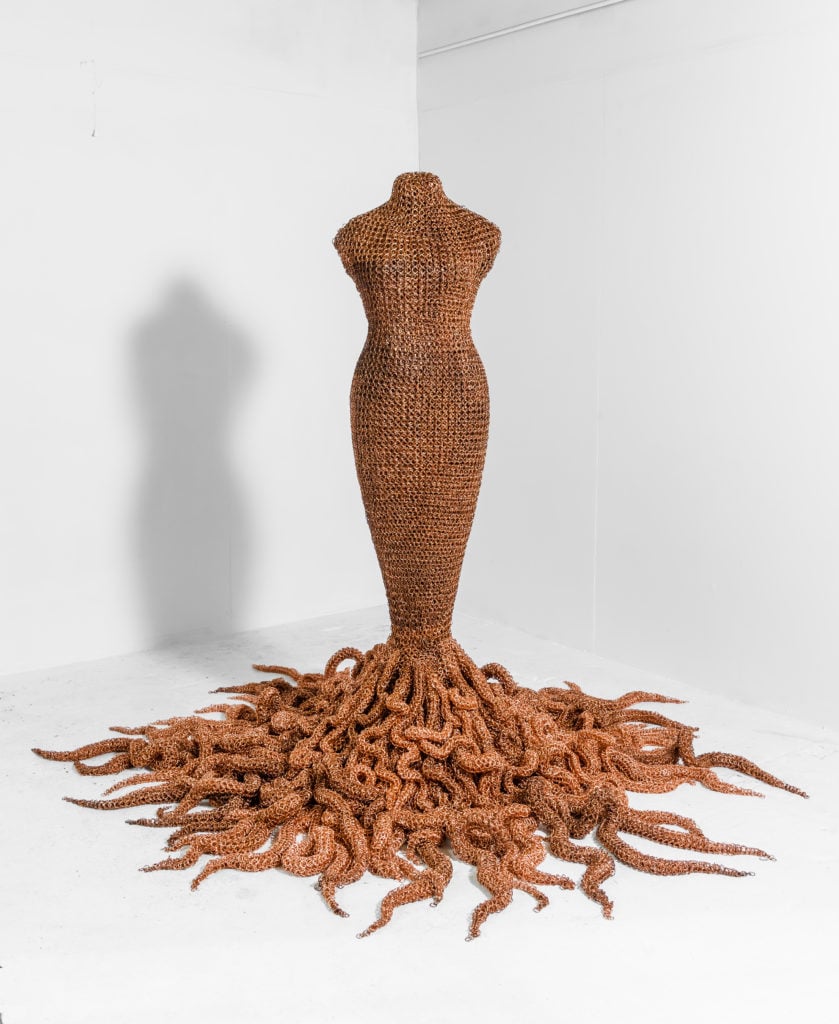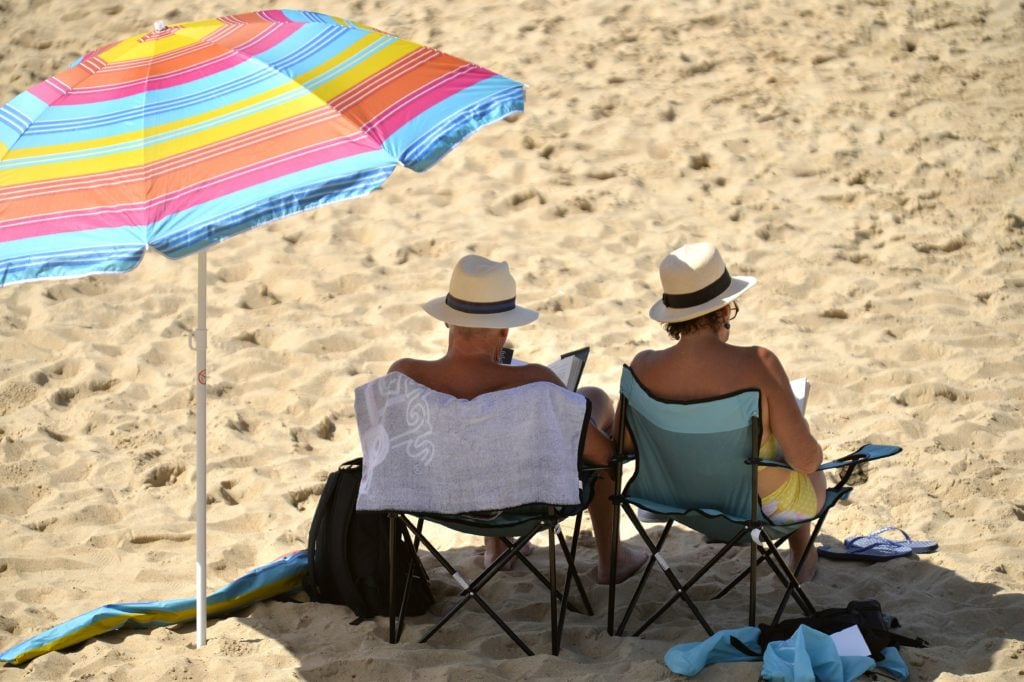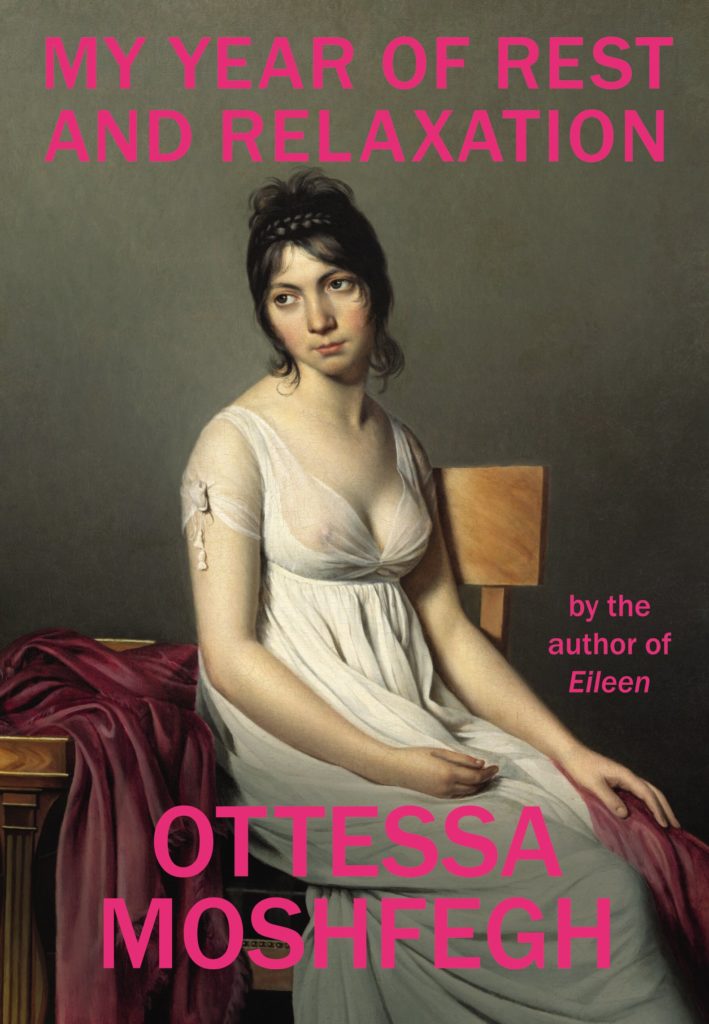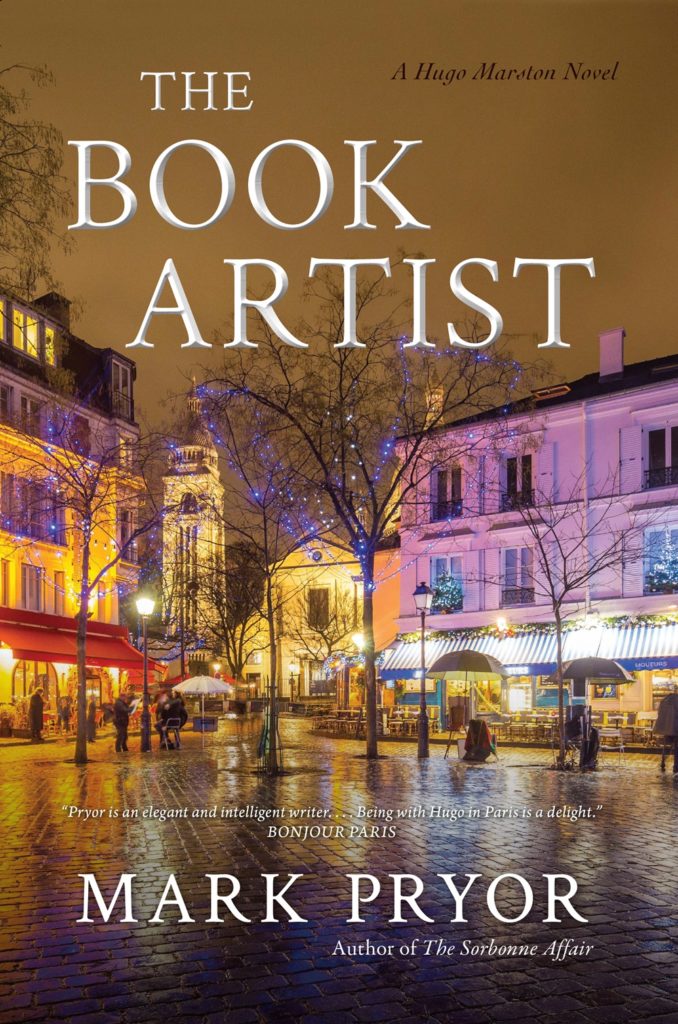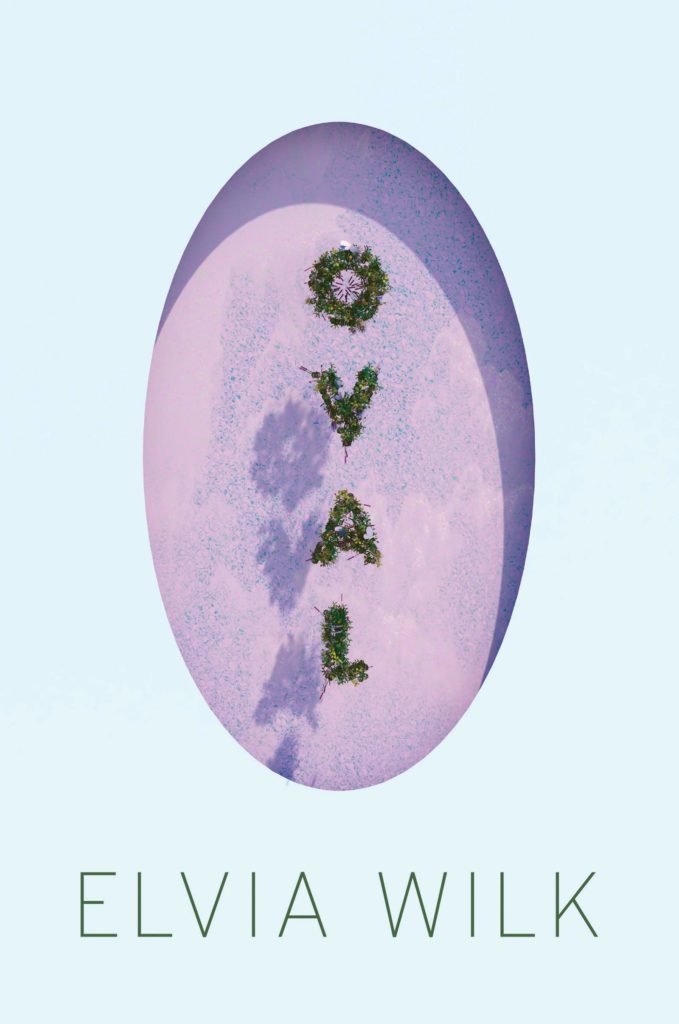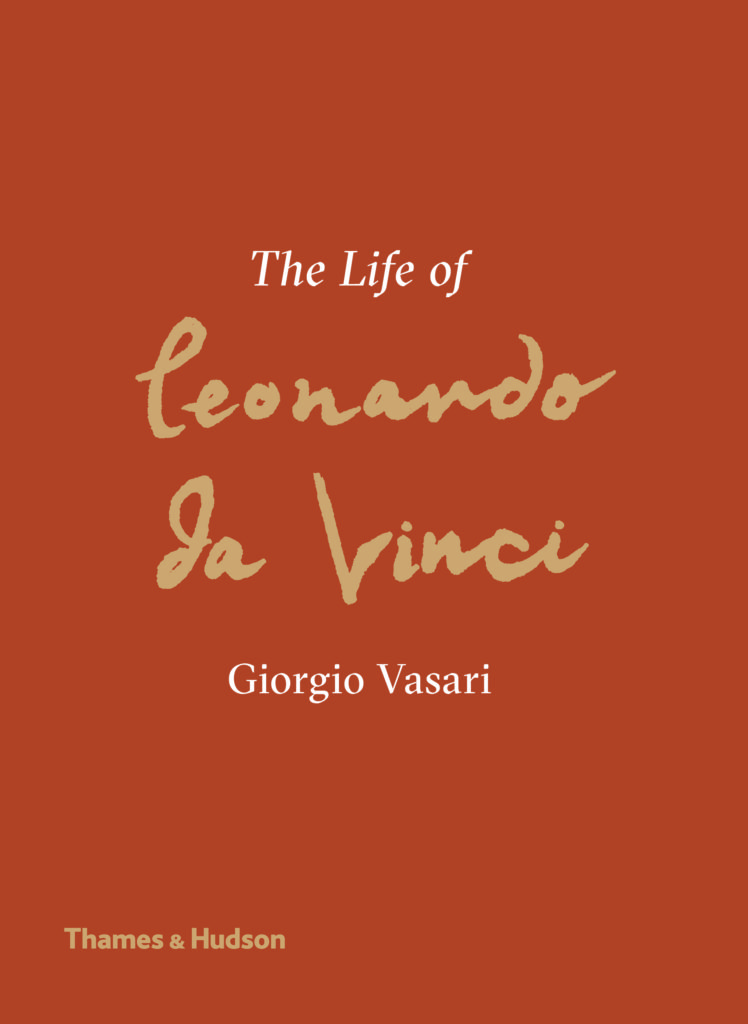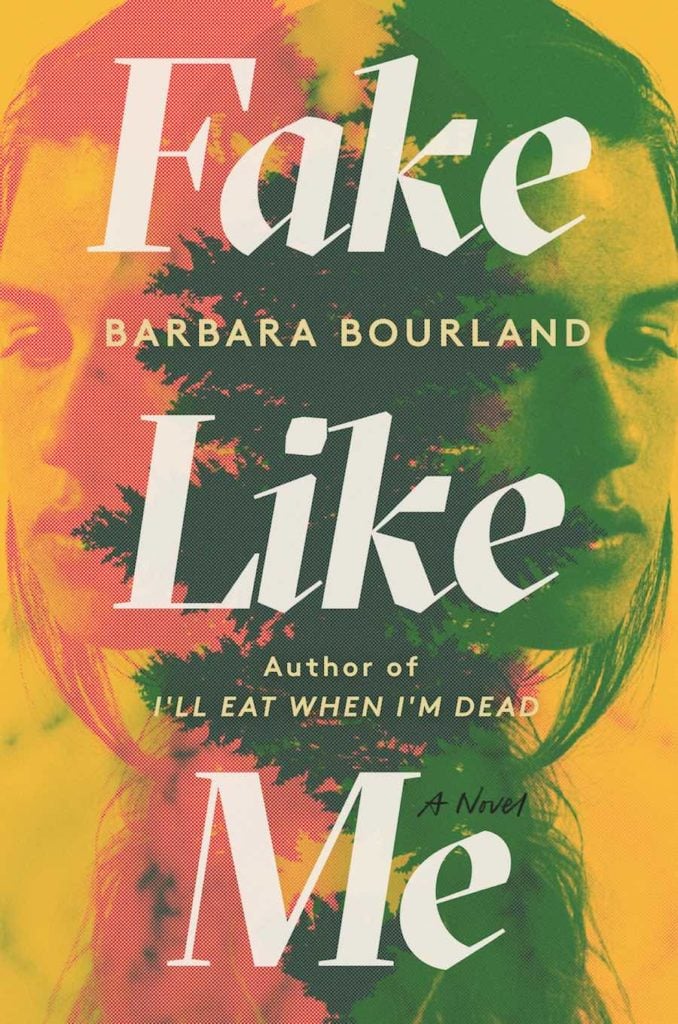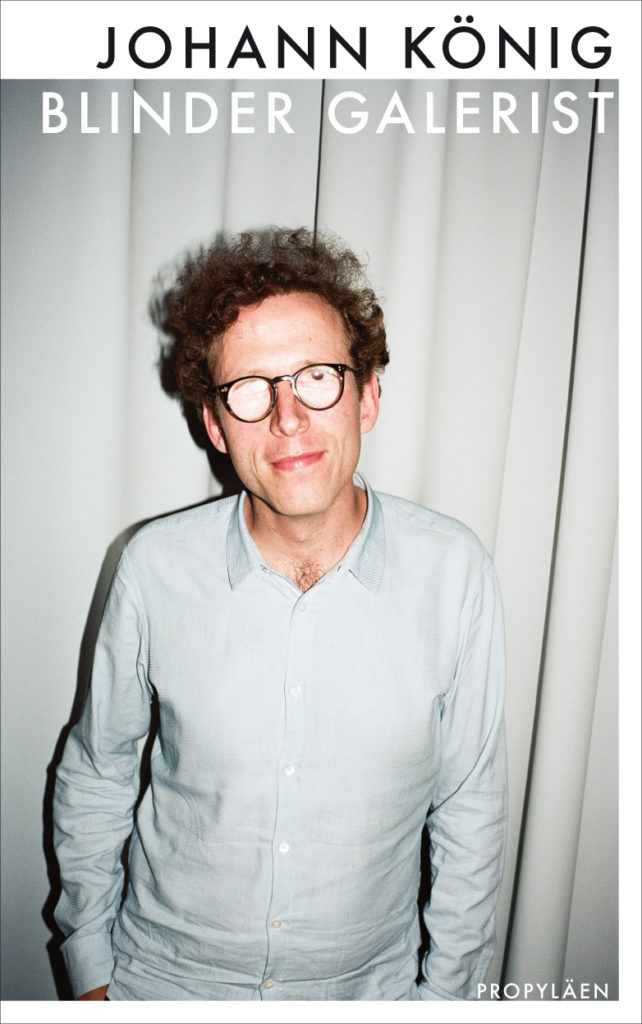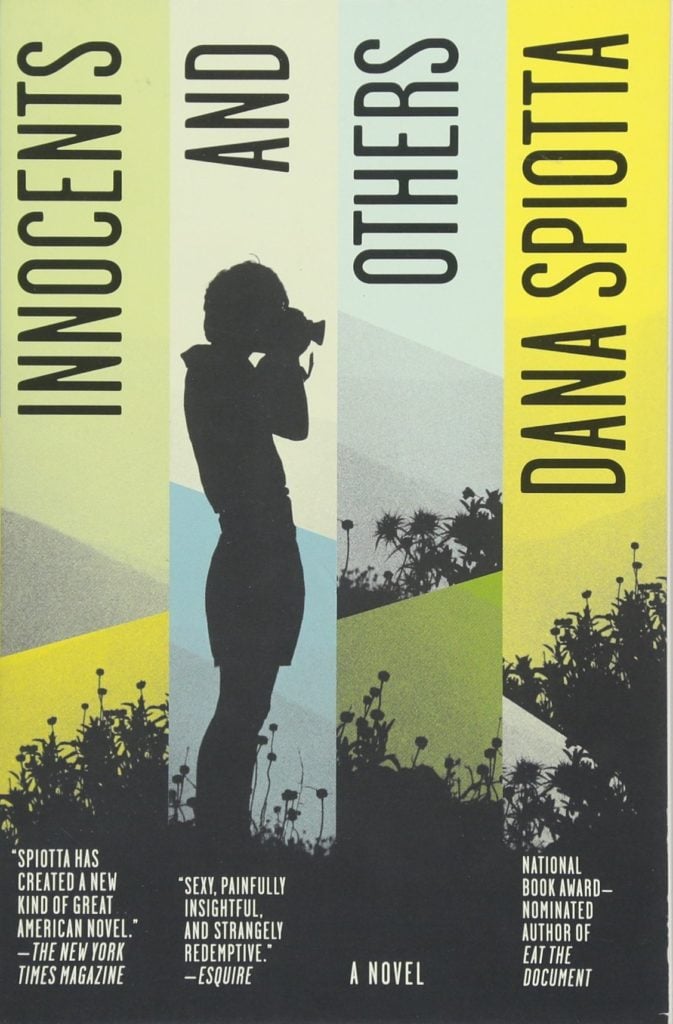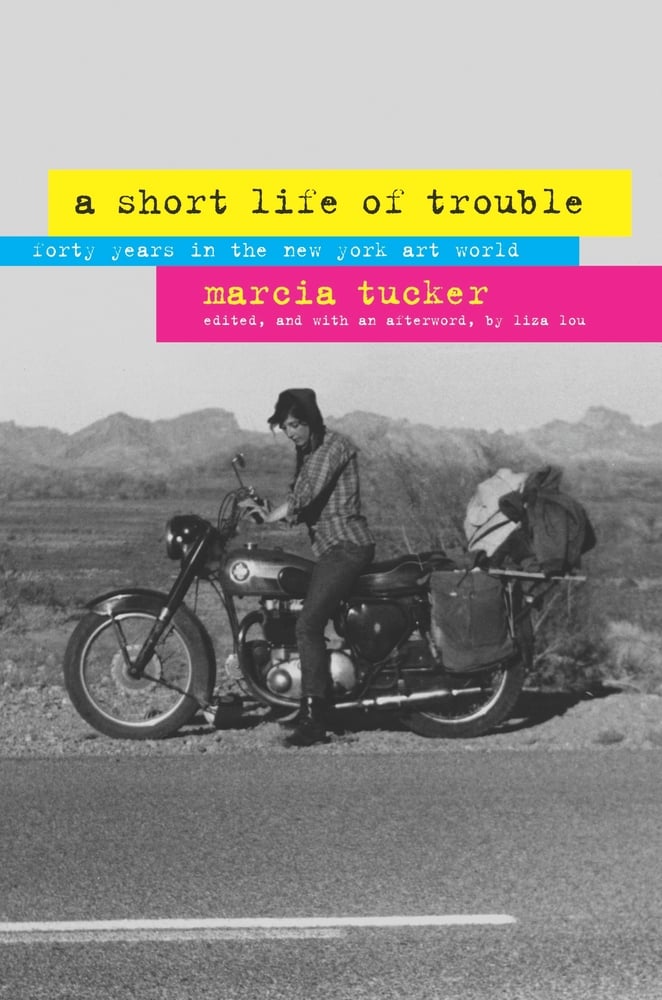Art World
Drunk Art History: See the Finest Artistic Depictions of Totally Wasted People Ever, From Ancient Greece to the Present
Enjoy these images with a beer in hand to celebrate July 4.

For as long as there have been people, those people have been drinking. And for as long as they’ve been drinking, they’ve been turning their rabble-rousing into art. Whether used for ceremonial offerings or as social lubricant, alcohol has provided ample inspiration to artists and intellectuals the world over.
In fact, the word “symposium”—likely to make any art historian reach for a cocktail—is derived from the ancient Greek sympinein, meaning “to drink together.” Every culture has some association with a spirit of revelry (Bacchus, the god of wine, is particularly prominent in Western art history). The case has also been made for alcohol to serve a medicinal purpose—an “antifogmatic” to clear the cobwebs from one’s brain.
What better time than Independence Day in the United States—when many of us will be kicking back with a beer—to consider how artists have illustrated the act of imbibing over the years? Allow us to take you on a visual trip from 2,400 BC to the present—no hangover required. Bottoms up!
Ancient Egyptian, Relief of Ptahhotep before offering table at Necropolis (ca. 2400 BC)
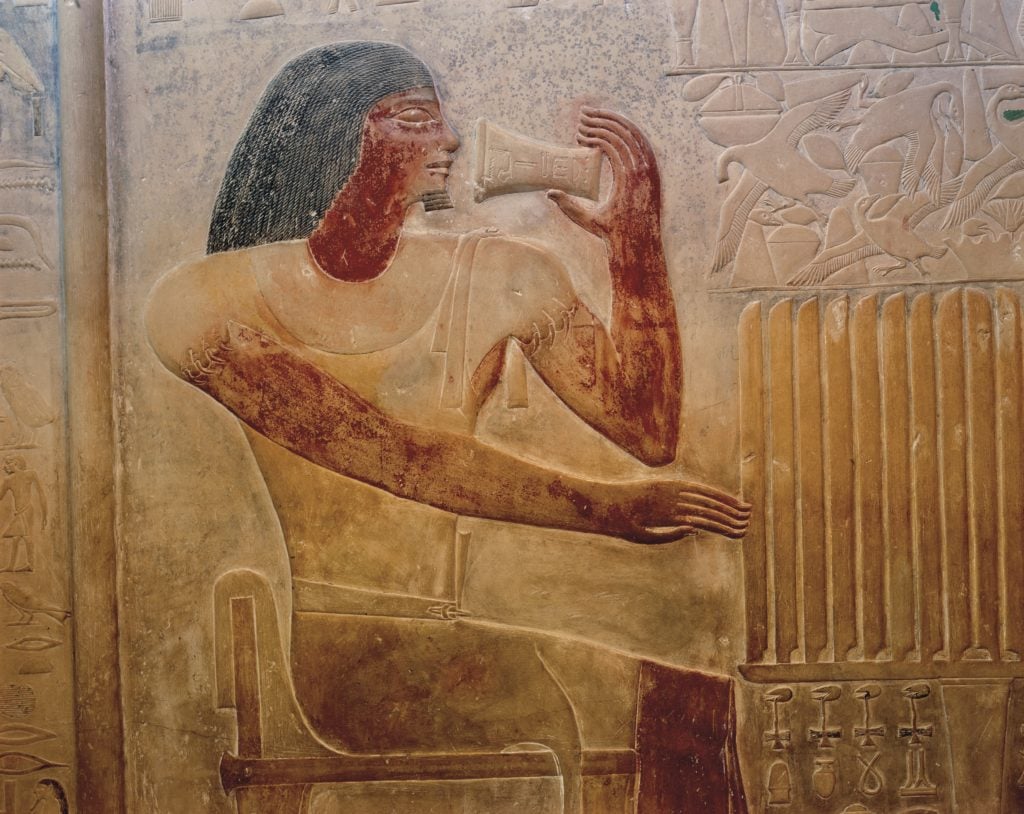
Relief of Ptahhotep before offering table at Necropolis (Photo by DEA / G. DAGLI ORTI/De Agostini via Getty Images)
Ancient Greek, Red-figure psykter (wine cooler) with a symposium scene, (ca. 505–500 BC)
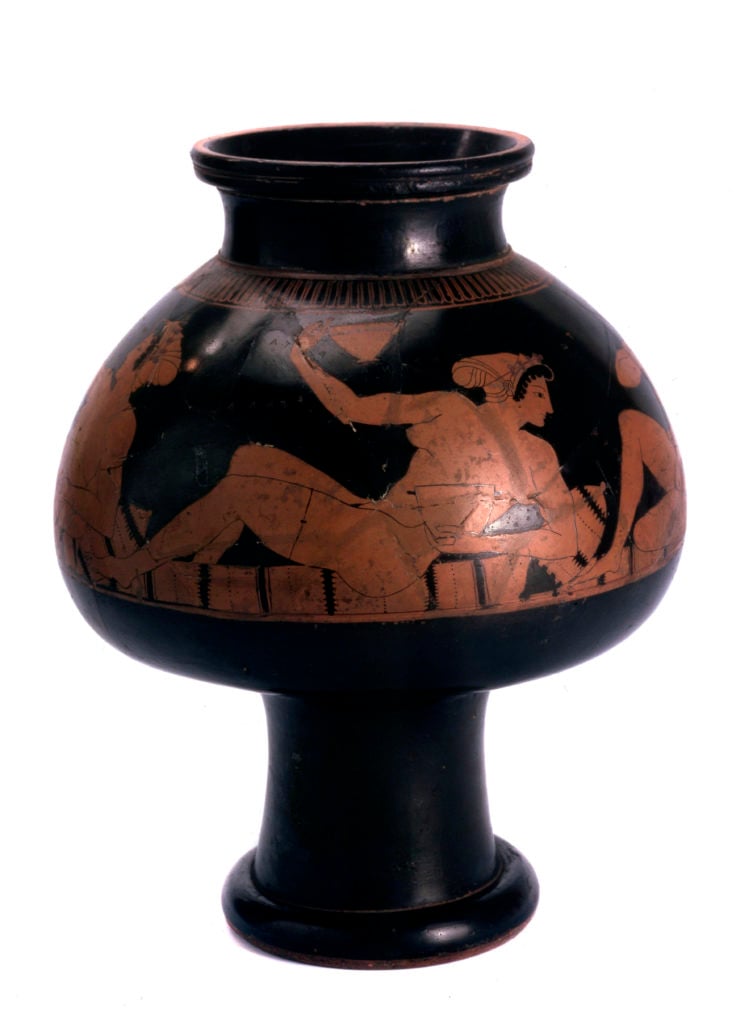
Red-figure psykter (wine cooler) with a symposium scene, Ancient Greek, c505-c500 BC. Photo by Fine Art Images/Heritage Images/Getty Images.
Giovanni Bellini and Titian, Feast of the Gods (1514/29)
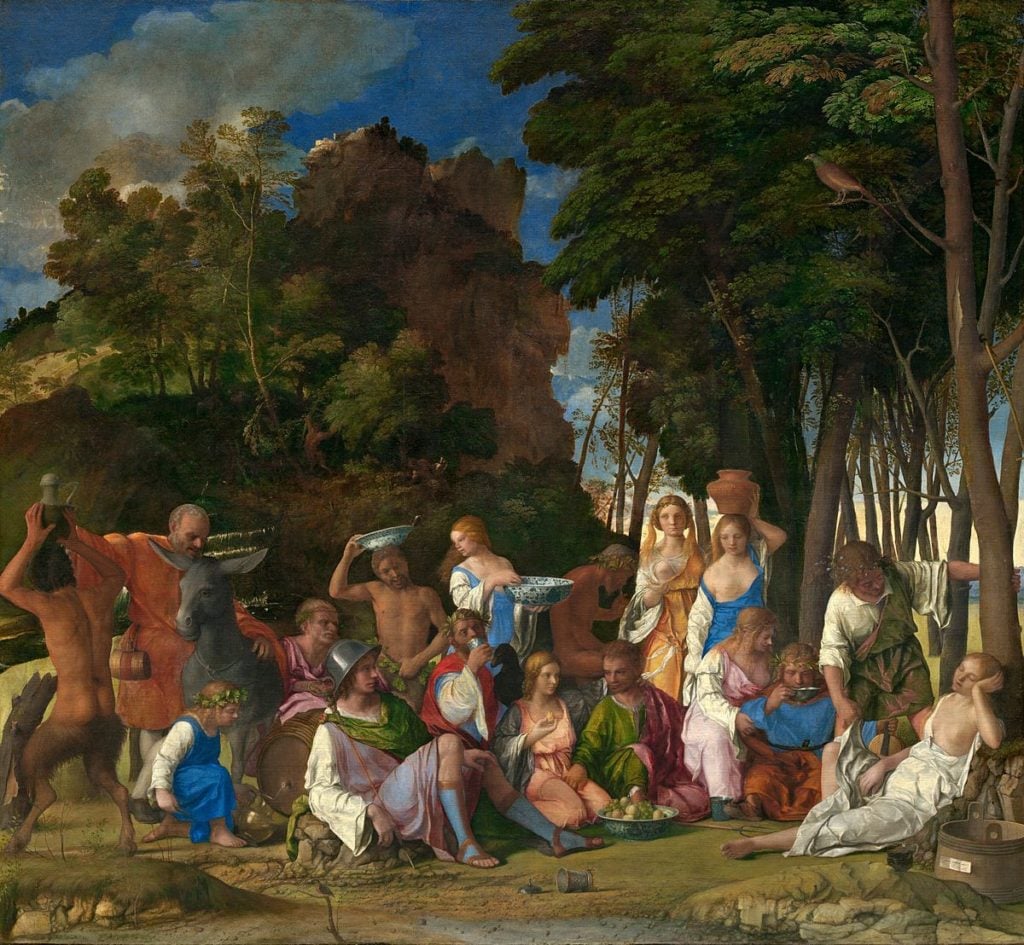
Giovanni Bellini and Titian, Feast of the Gods (1514/29). Courtesy of the National Gallery of Art, Washington, DC.
Michelangelo Merisi da Caravaggio, Bacchus (1589)
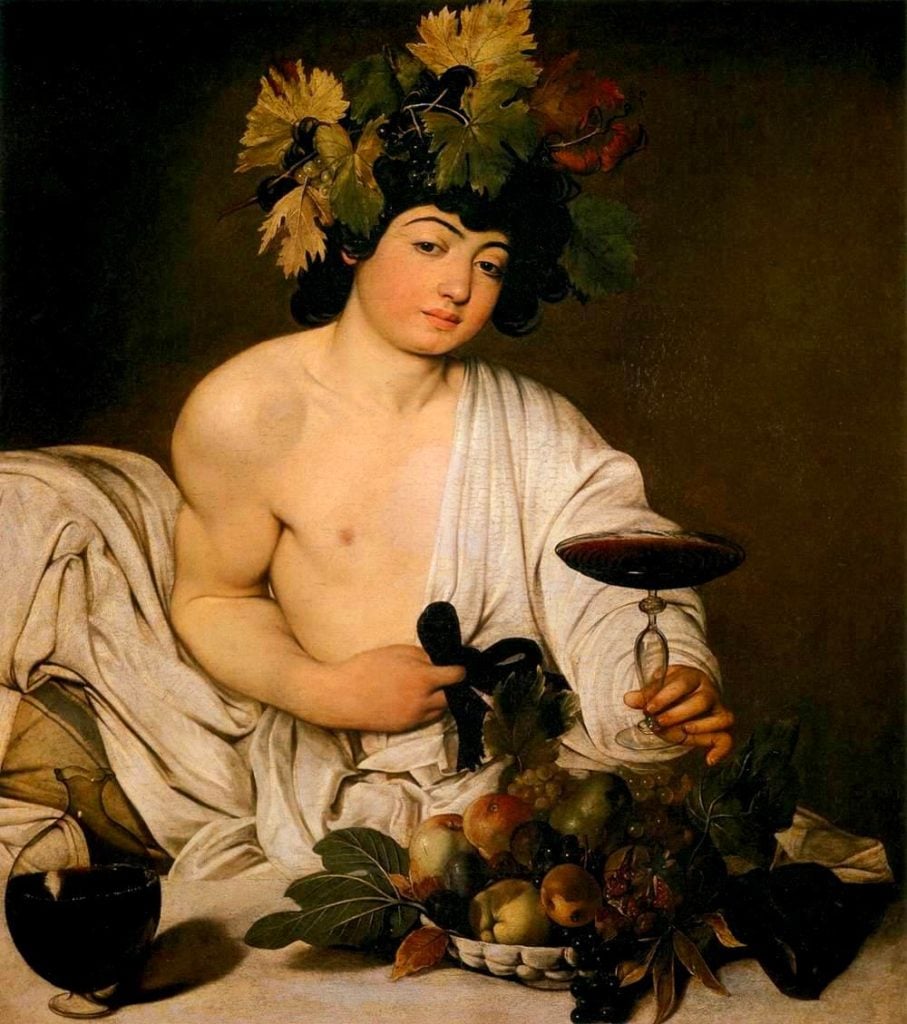
Michelangelo Merisi da Caravaggio, Bacchus (1589). Courtesy of the Galleria degli Uffizi, Florence.
Matteo Ghidoni, Inside of an Inn With Drunk Fight (ca. 17th century)
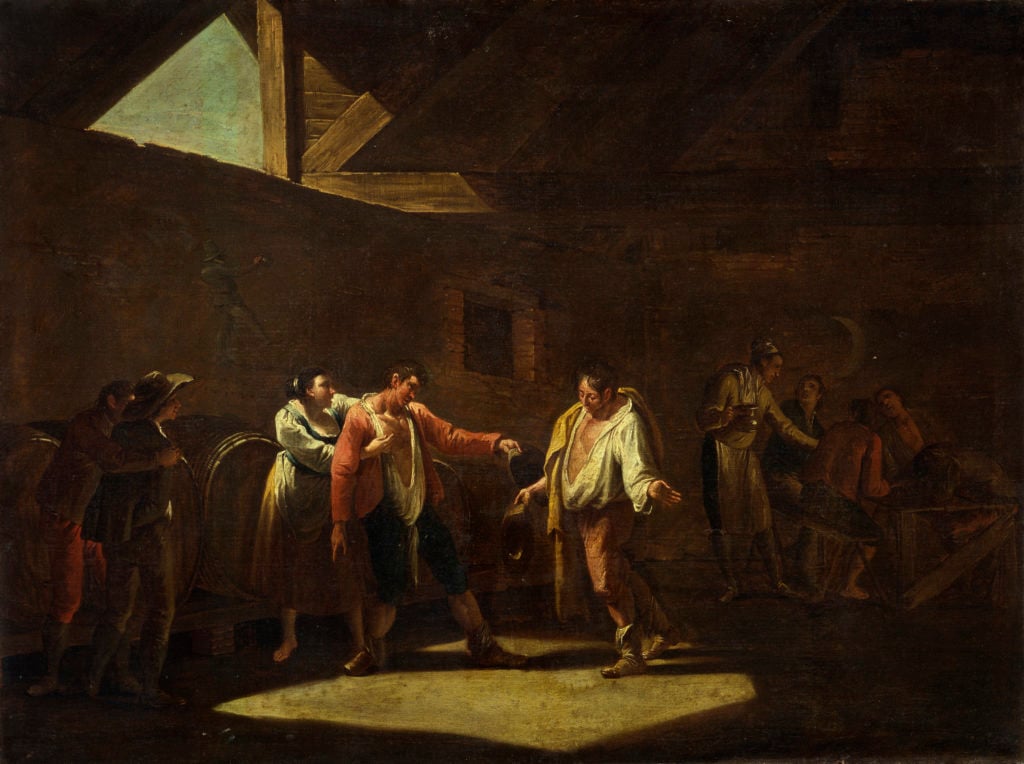
Matteo Ghidoni, Inside of an Inn With Drunk Fight (ca. 17th century). Photo by Sergio Anelli/Electa/Mondadori Portfolio via Getty Images.
Adriaen Brouwer, The Bitter Potion (ca. 1630)
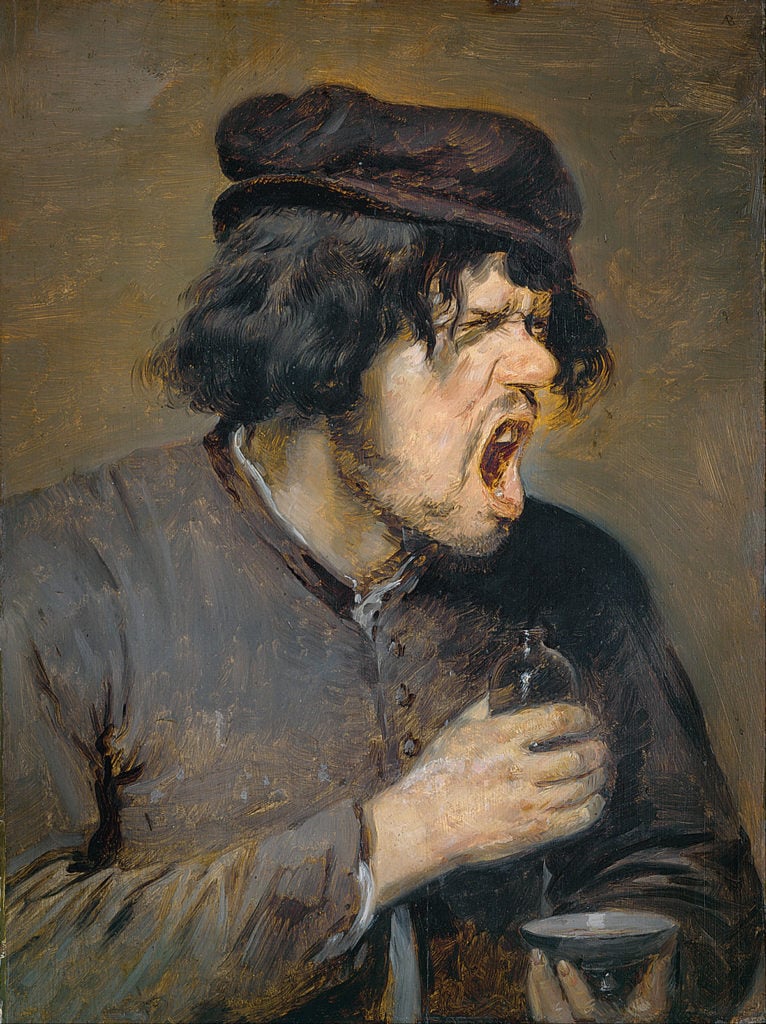
Adriaen Brouwer, The Bitter Potion (ca. 1630). Courtesy of Stadel Art Museum, Frankfurt.
Jacob Jordaens, The Feast of the Bean King (1640–1645)

Jacob Jordaens, The Feast of the Bean King (1640-1645). Courtesy of the Kunsthistorisches Museum.
Jan Steen, Beware of Luxury (ca. 1663)
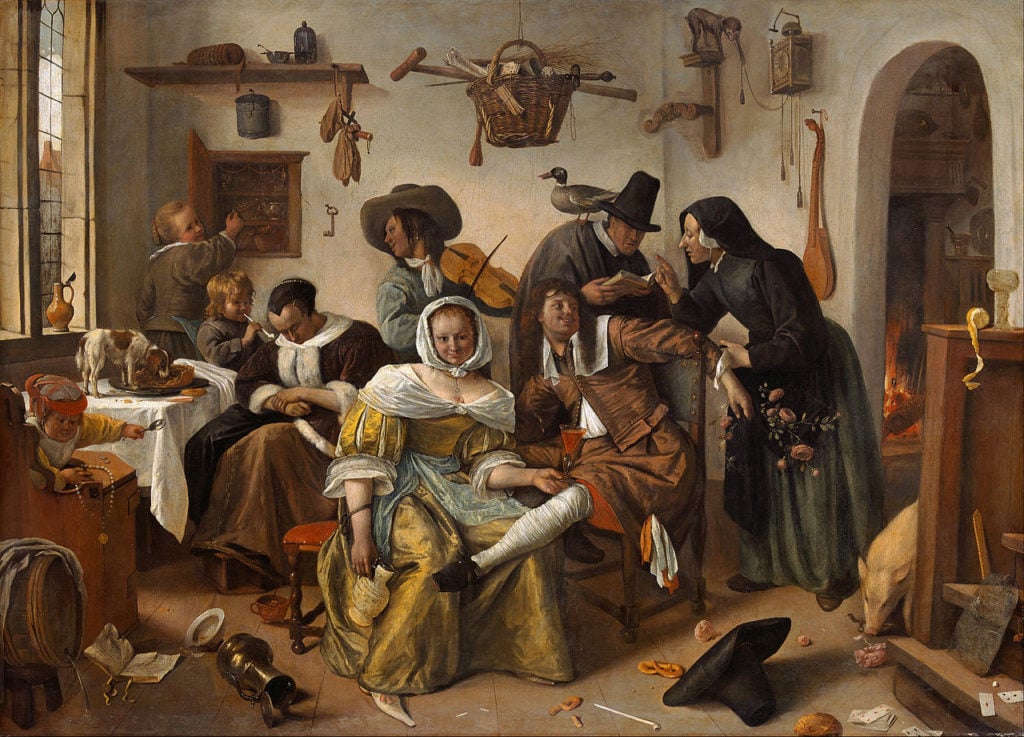
Jan Steen, Beware of Luxury (ca. 1663). Courtesy of Google Arts & Culture.
Francisco de Goya, The Drunken Mason(1786)

Francisco de Goya, The Drunken Mason (1786). Courtesy of Museo del Prado.
Thomas Couture, Romans During the Decadence (1847)
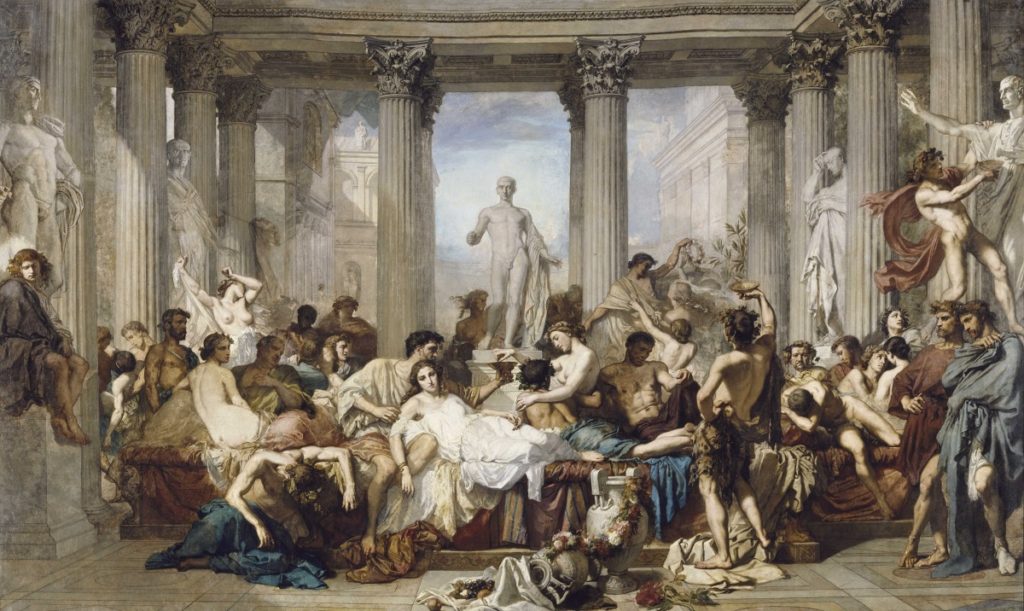
Thomas Couture, Romans During the Decadence (1847). Courtesy of the Musee D’Orsay.
Vladimir Yegorovich Makovsky, Hiding From Wife (1872)
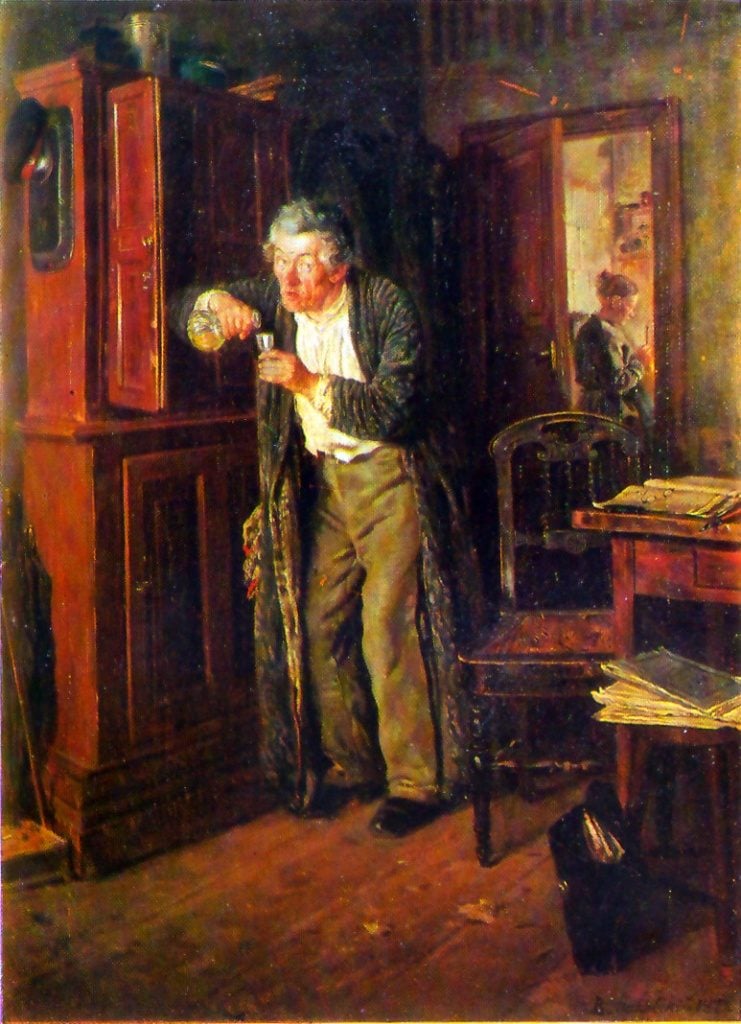
Vladimir Yegorovich Makovsky, Hiding From Wife (1872). Creative Commons.
Pierre-Auguste Renoir, Luncheon of the Boating Party (1880–81)
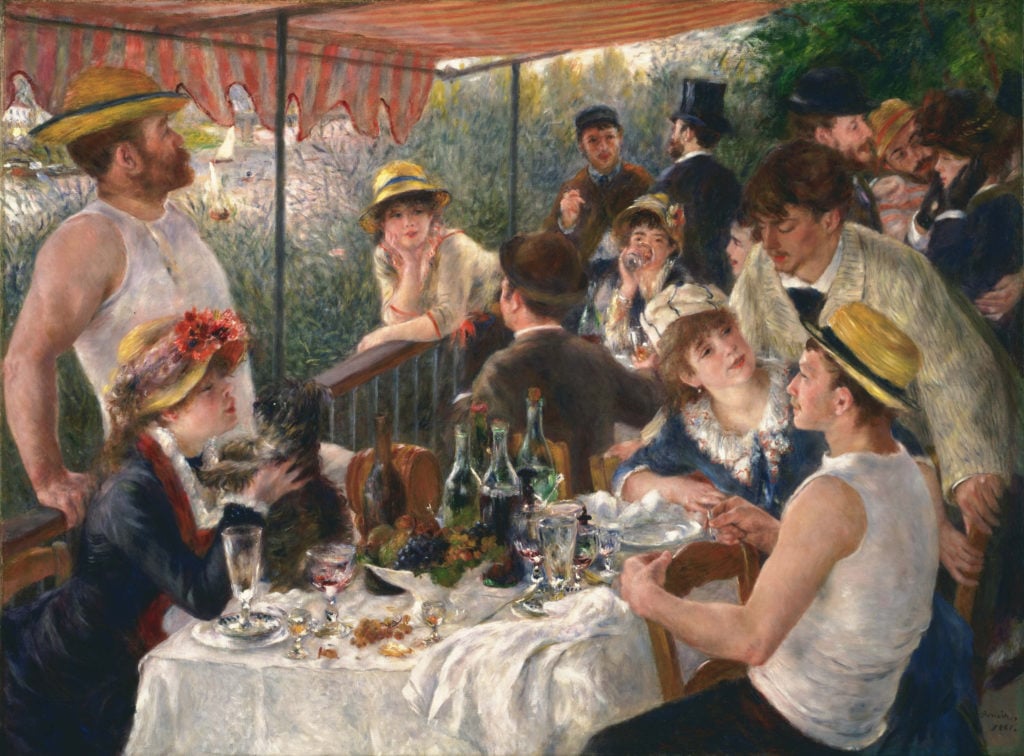
Pierre-Auguste Renoir, Luncheon of the Boating Party (1880-1881). Courtesy of the Phillips Collection, DC.
James Ensor, The Drunkards (1883)
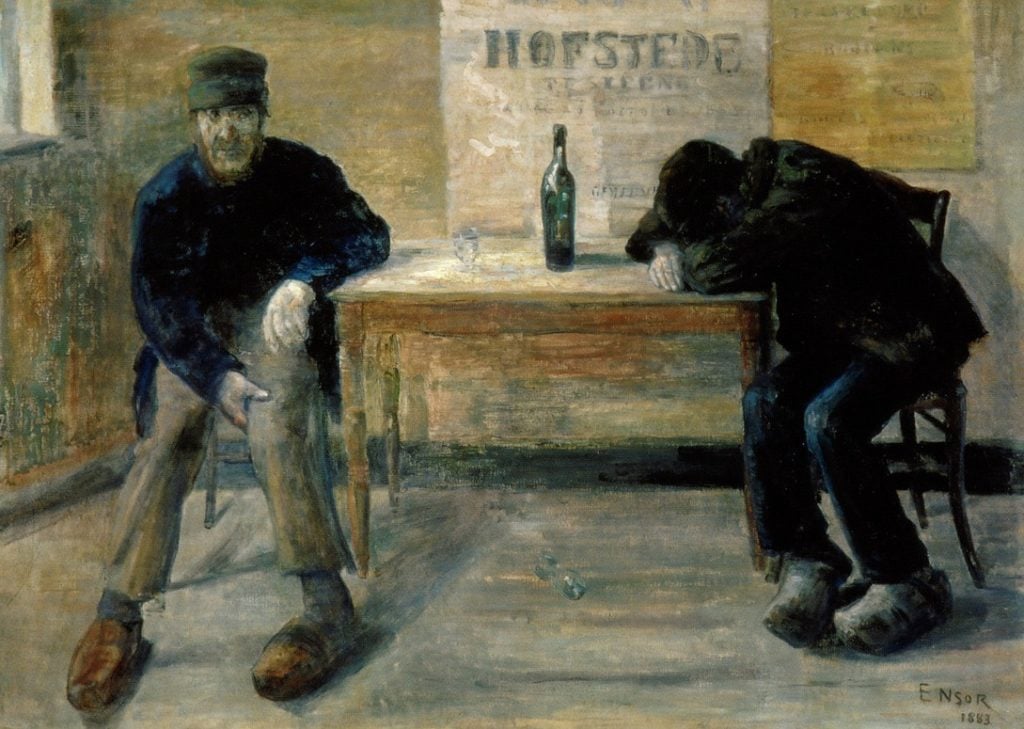
James Ensor, The Drunkards (1883). Courtesy of Creative Commons.
Antonio Casanova y Estorach, Monk Testing Wine (1886)
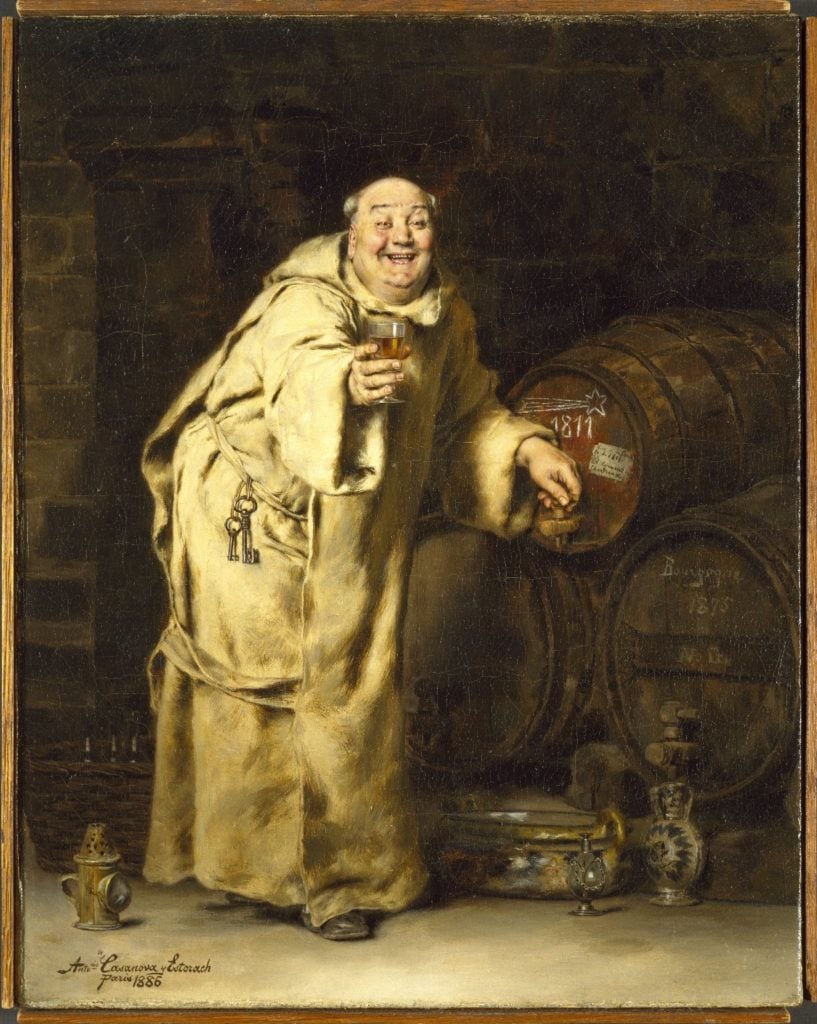
Antonio Casanova y Estorach, Monk Testing Wine (1886). Courtesy of the Brooklyn Museum.
Peder Severin Kroyer, ‘Hip Hip Hurrah!’ Artists’ Party at Skagen (1888)
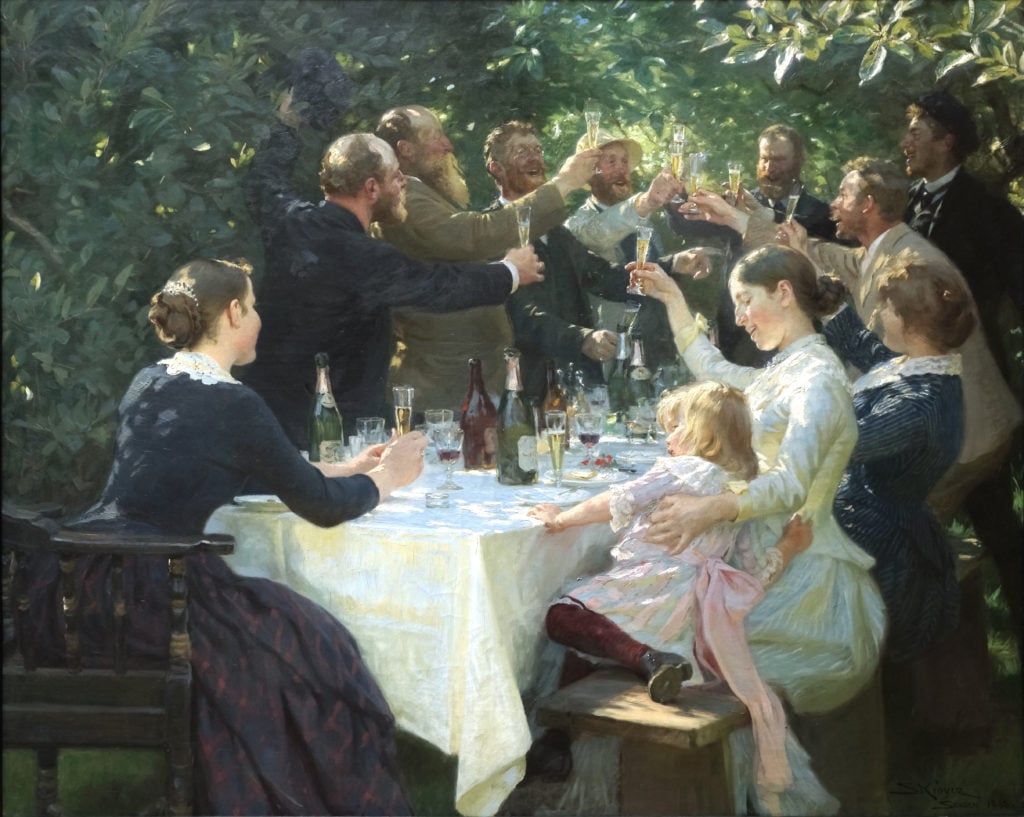
Peder Severin Kroyer, ‘Hip Hip Hurrah!’ Artists’ Party at Skagen (1888). Courtesy of Goteborgs Konstmuseum, Sweden.
Vincent van Gogh, The Drinkers (1890)
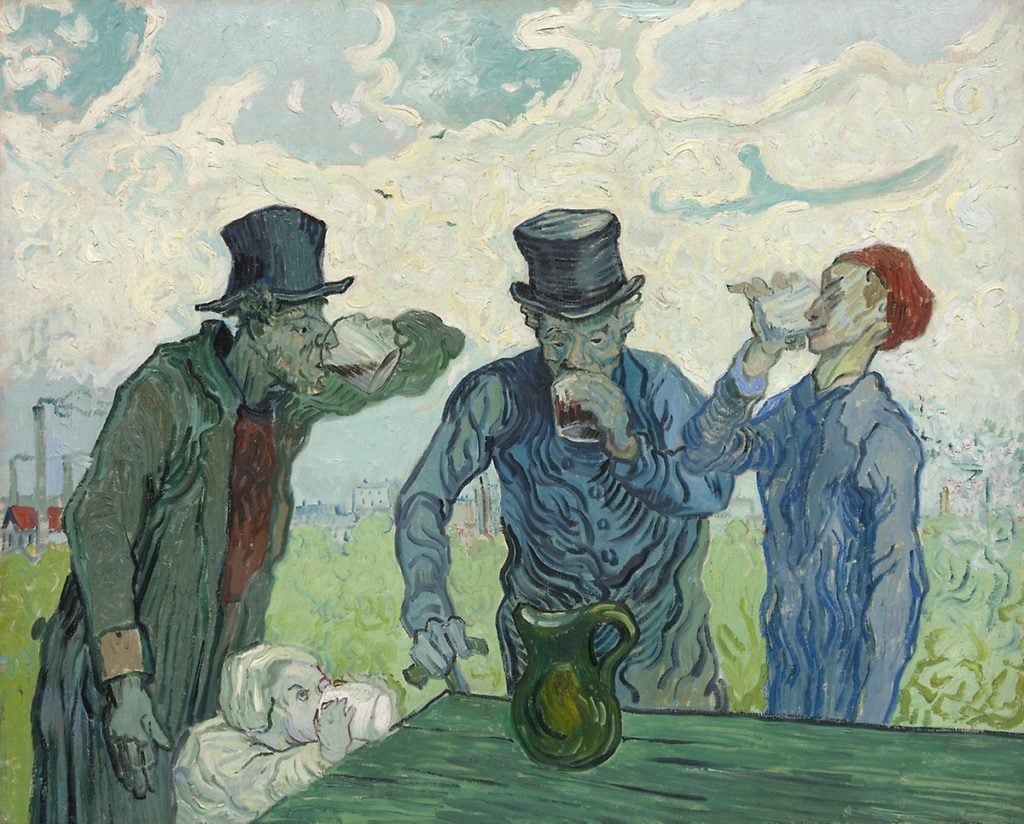
Vincent van Gogh, The Drinkers (1890). Courtesy of the Art Institute of Chicago.
Pablo Picasso, Absinthe Drinker (1901)
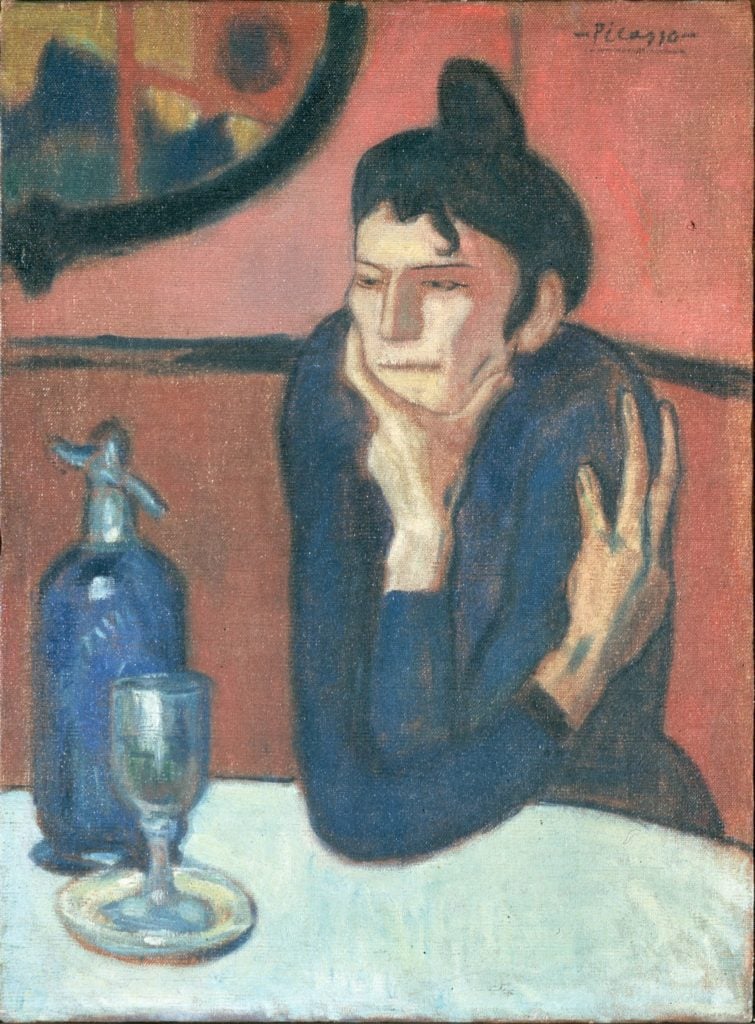
Pablo Picasso, Absinthe Drinker (1901). Courtesy of the Hermitage Museum.
Otto Dix, Portrait of the Journalist Sylvia von Harden (1926)
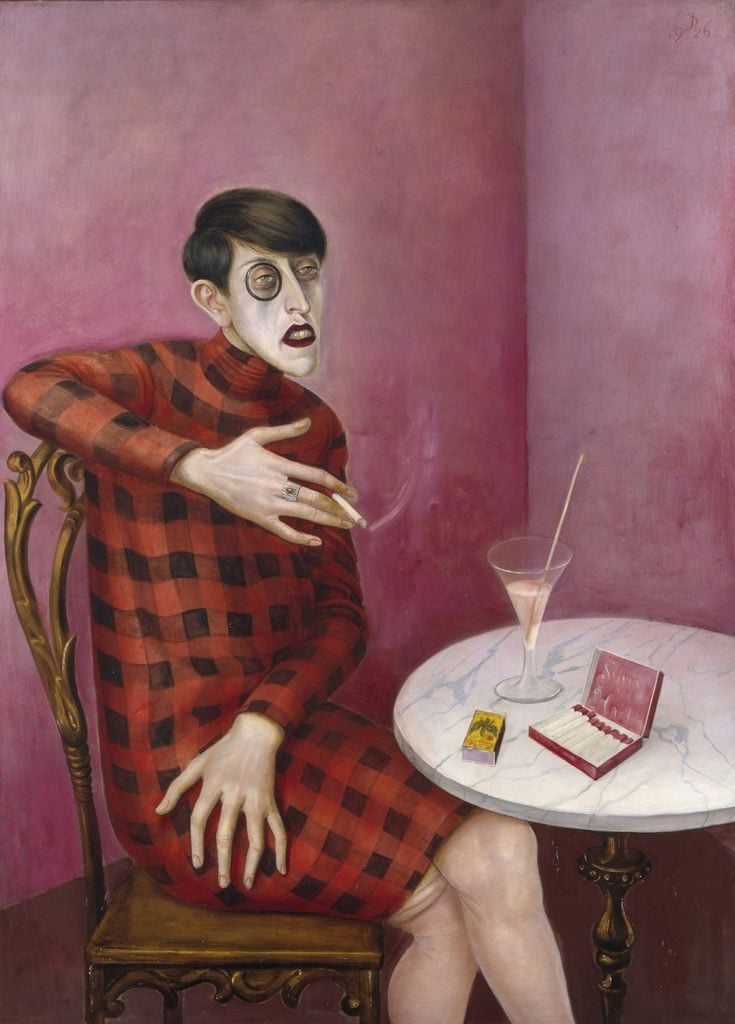
Otto Dix, Portrait of the Journalist Sylvia von Harden (1926). Courtesy of Centre Georges Pompidou.
Archibald J. Motley, Cocktails (1926)
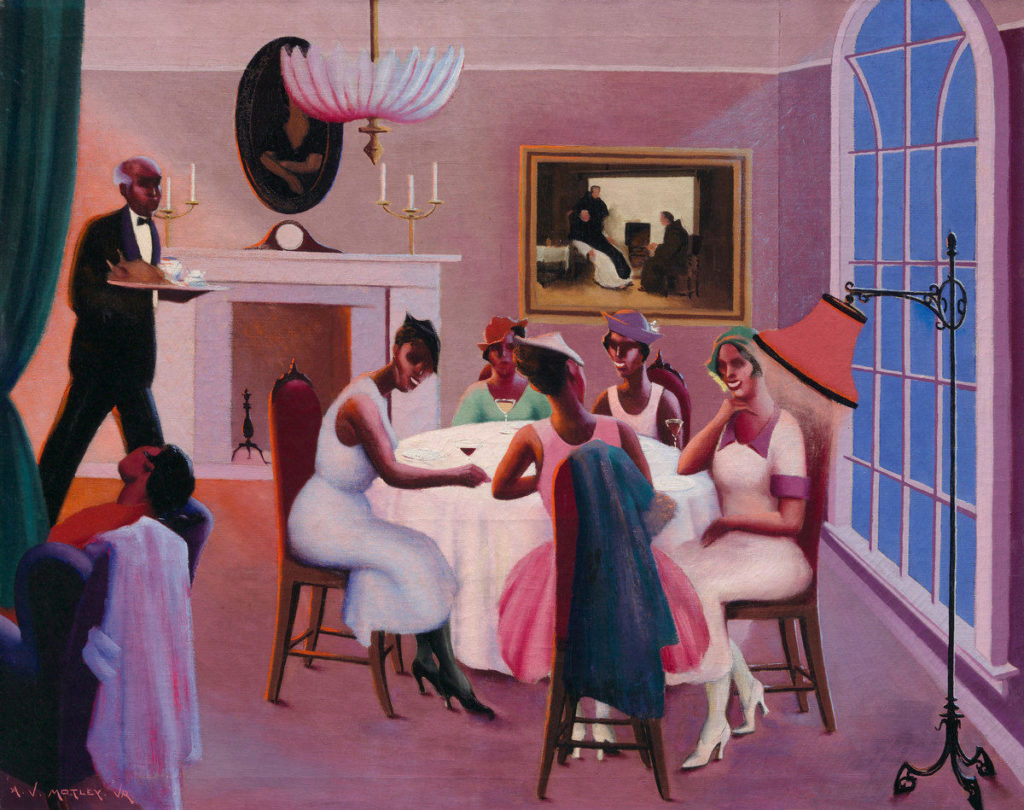
Archibald J. Motley Jr., Cocktails (1926). Courtesy of the Museum of Fine Arts, Boston.
Liu Wei, Two Drunk Painters (1990)
Liu Wei, Two Drunk Painters (1990). © Liu Wei, courtesy of SFMOMA.
Tracey Emin, From Army to Armani (1993)
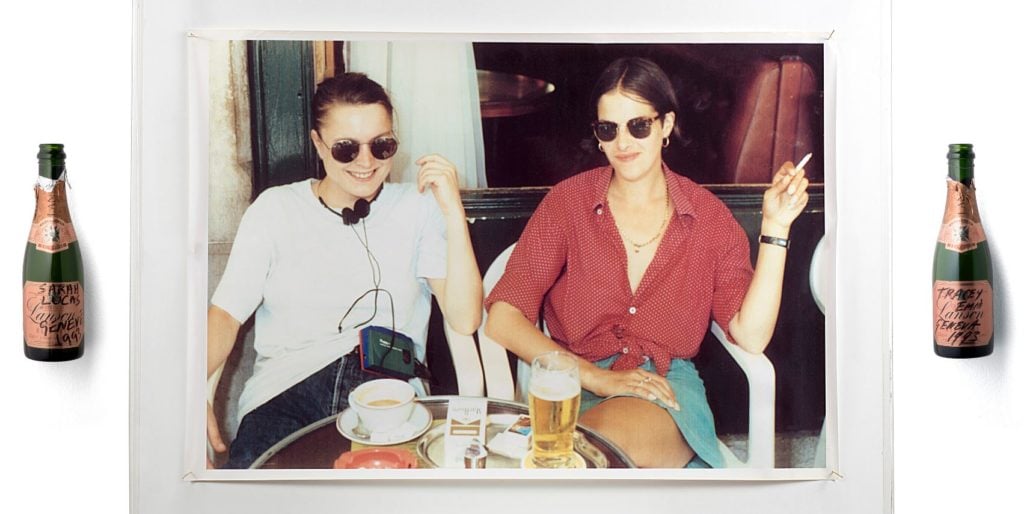
Tracey Emin, From Army to Armani (1993). Galleria Analix Forever, Ginevra, courtesy of Il Ponte Casa D’Aste.
Fernando Botero, Three Women Drinking(2006)
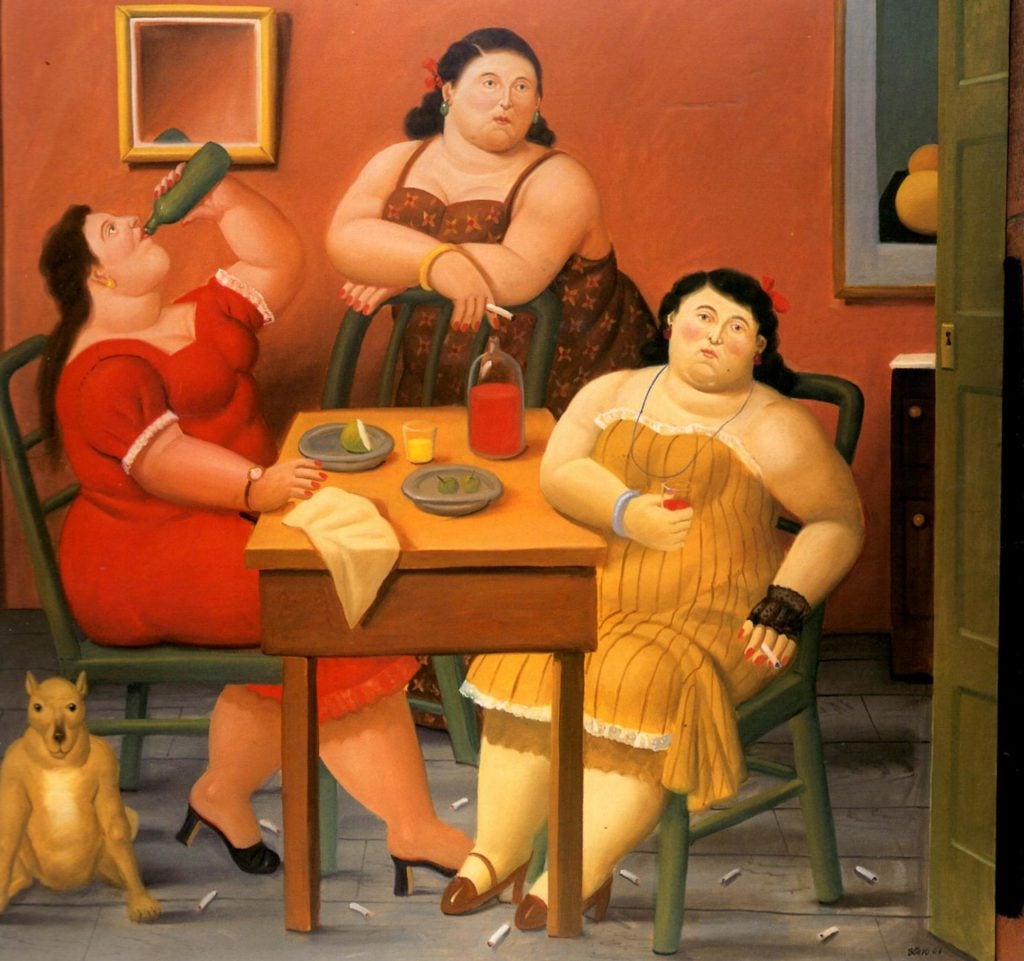
Fernando Botero, Three Women Drinking (2006). Courtesy of the Athenaeum.
Peter Saul, Viva la Difference (2008)
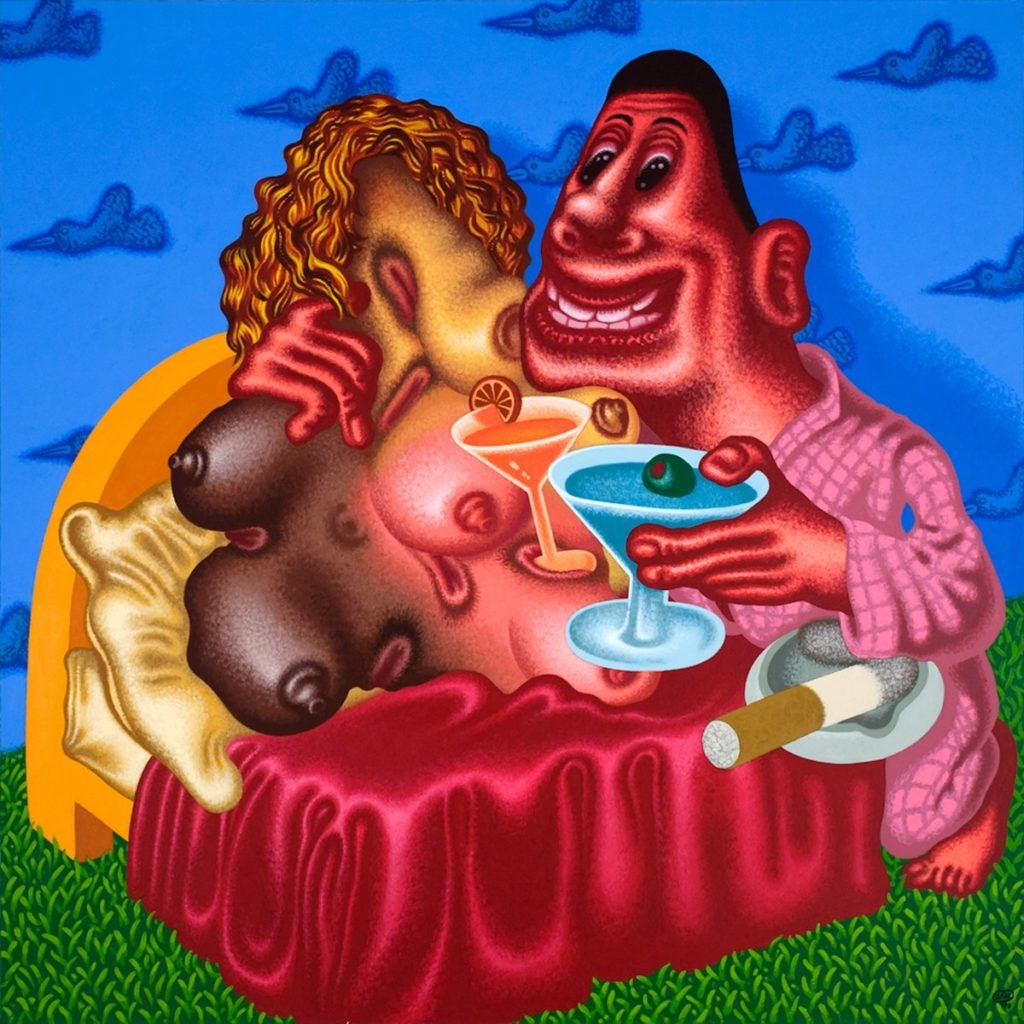
Peter Saul, Viva la Difference (2008). Courtesy of Gary Tatintsian Gallery.
Nicole Eisenman, Sloppy Bar Room Kiss(2011)
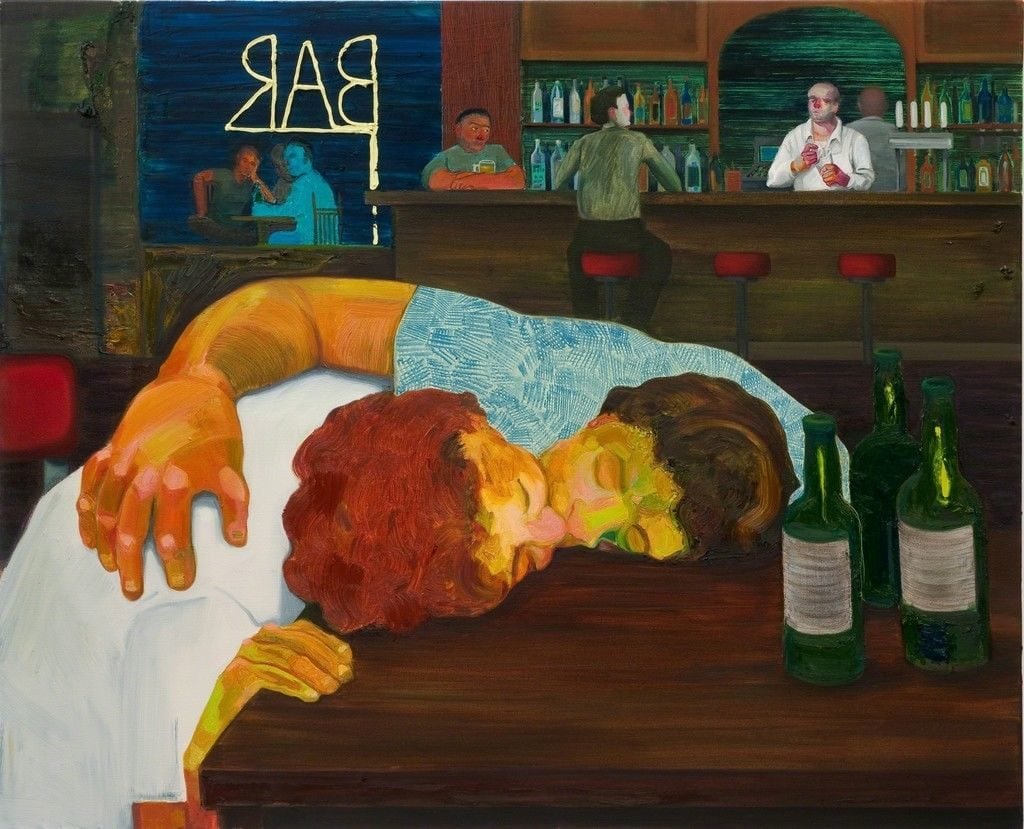
Nicole Eisenman, Sloppy Bar Room Kiss (2011). Courtesy of ICA Philadelphia.
Kati Heck, Trinklied vom Jammer der Erde (Drinking Song of Earth’s Sorrow)(2017)
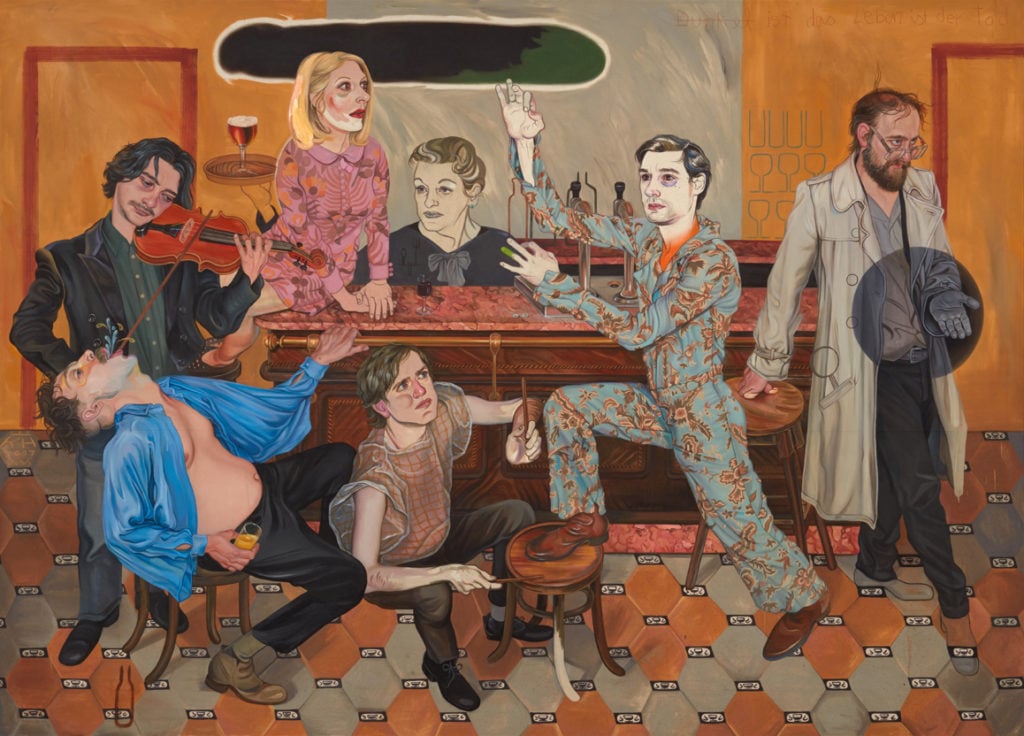
Kati Heck, Trinklied vom Jammer der Erde,(Drinking Song of Earth’s Sorrow) (2017). © Kati Heck, courtesy Sadie Coles HQ, London.
Follow artnet News on Facebook:

SHARE

